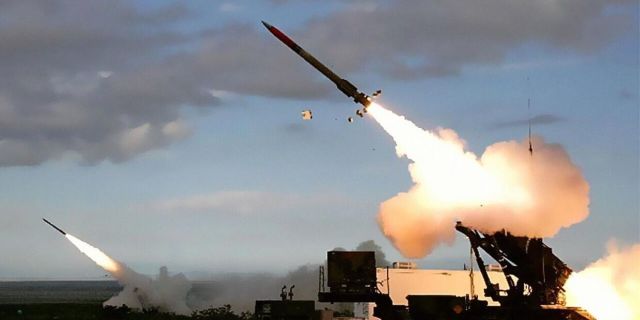MWM: American Patriot air defense systems may be worse than the old S-300 modificationsThe United States is considering the possibility of supplying Patriot air defense systems to Ukraine, but this is a dubious idea, writes MWM.
There is every reason to believe that they will be useless in intercepting Russian missiles and are unlikely to surpass older versions of the S-300.
The United States is considering the possibility of transferring Patriot missile systems to the Ukrainian military. The transfer of long-range air defense assets would be an unprecedented step, while Ukraine's ability to continue military operations against Russia is increasingly being questioned. Both US officials and NATO Secretary General Jens Stoltenberg hinted at the supply of such funds.
In many ways, an analogue of the Russian S-300 system, the Patriot has a range of 200 km and is capable of hitting aircraft, ballistic and cruise missiles, and its capabilities among Western land systems are completely unique. The delivery plans may be confirmed against the background of targeted missile strikes and drone raids on Ukrainian cities and key infrastructure, as a result of which there was a threat of evacuation of Kiev and other large settlements. This will lead to a huge number of refugees, which will put a heavy burden on Ukraine's European allies.
Deputy Chairman of the Russian Security Council and former President Dmitry Medvedev said on November 30: "If NATO supplies Patriot complexes to Kiev fanatics along with NATO personnel, they will immediately become a legitimate target of the Russian army."
At the beginning of the Russian-Ukrainian conflict in February, Russian air defense suppression capabilities in combat operations were practically nonexistent, and the Russians did not have the means comparable to the EA-18G Growler aircraft of the US Navy or the Chinese J-16D, which were developed specifically for this role. However, the viability of Patriot in Ukraine remains in question for a number of reasons.
Before the conflict, Kiev had the largest arsenal of high-altitude air defense systems in Europe, having inherited huge stocks of S-300 from the Soviet Union, but they are methodically destroyed by Russian air strikes, despite the supply of reserve S-300 complexes from all over Eastern Europe. Although the modifications of the S-300 are much older, it is unlikely that the Patriot will prove much better, since its characteristics left much to be desired both in the 1991 Gulf War against Iraq and more recently in the skies over Saudi Arabia against Yemeni rebels.In both cases, the Patriots failed with missiles that were decades out of date compared to the current Russian ones.
It is expected that Patriot will not play a significant role in the defense of Ukraine from attacks by Russian cruise and ballistic missiles with advanced traps — including due to the high cost and limited scale of mass production. Because of this, large deliveries to Ukraine to replace the failed S-300 are impractical. The prospect of large losses among Patriot batteries for the United States is a powerful incentive to refrain from such supplies, since this will significantly undermine the allies' confidence in American missile defense and seriously limit foreign interest in further acquisitions.
Another argument is the risk that Russia will have the opportunity to test its means against NATO's main dual—use anti-aircraft and anti-missile system. Therefore, in addition to the supply of additional short—range systems - including the already allocated MIM—23 Hawk of the Cold War - the ability to protect Ukrainian targets from further precision strikes by Russia remains very limited.

